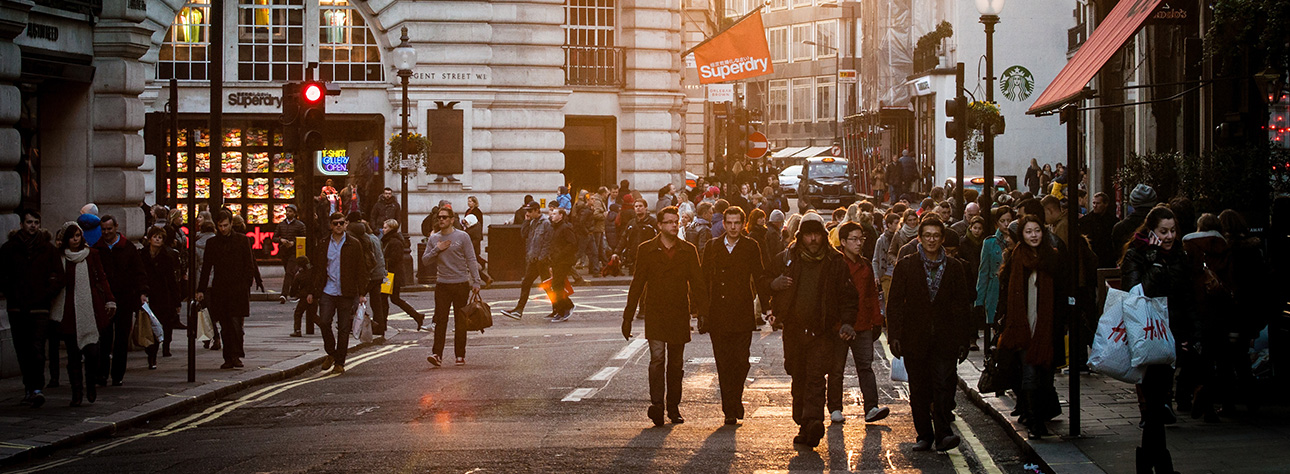7h
The reportage
:
storytelling through pictures
Intermediate: develop your style
This one-day introduction to photo-reportage will allow you to create your own documentary series, thanks to the essential advice of a professional who will perform the exercise alongside the class and show you how they chose the right pictures to produce a coherent series.
How it works?
Technical prerequisites for this class: having attended our beginner classes (1,2,3 & 4) or having been initiated to the photographic technique by another means.
A meeting form with the exact meeting point will be sent to you by email 8 to 5 days before the class.
Minor participants can enrol in our courses (under certain conditions, see [this article here](https://help.thephotoacademy.com/en/articles/2291596-i-would-like-to-enroll-a-minor-in-a-course-is-this-possible) in our help centre).
What you get?
The reporter is first and foremost a witness.
Therefore the photo reporter testifies in images. These testimonies can be expressed in two ways: in daily news, or over a longer period of time through the development of a series on given themes (this is called documentary reportage).
Even if the reporter's neutrality during the shooting is essential, their point of view can still be supported, particularly by the angle of the photo, or by the way the photographer chooses to order their images.
The course
We will start the day with a discussion about photo reportage, its history and its role in society.
The instructor will then propose 2 or 3 reporting themes from which the students will have to choose the topic of the day.
The early afternoon will be dedicated to reportage. The instructor will take part in the exercise themself, while spending time with each student individually to provide advice and tips (how to choose the right moment, the right angle, etc.).
Once the reportage is completed, the trainer will use the pictures they have created to approach the crucial issue of editing. They will explain their choices of rhythm and coherence that will lead them to the final series.
The day will end with a long collective review of each other's work.
Material
Of course, the equipment is important. To be able to work on everything, wide angle and long focal length should be used. A quality lens with a large diaphragm aperture is recommended in order to adapt to the most diverse lighting conditions.
Course sequence
- 10am-12pm: Photo reporters: history; 2/3 themes proposed for vote
- 13h-16h: Reportage
- 16h-18h: Debriefing of the students' work; editing via the example of the instructor.

